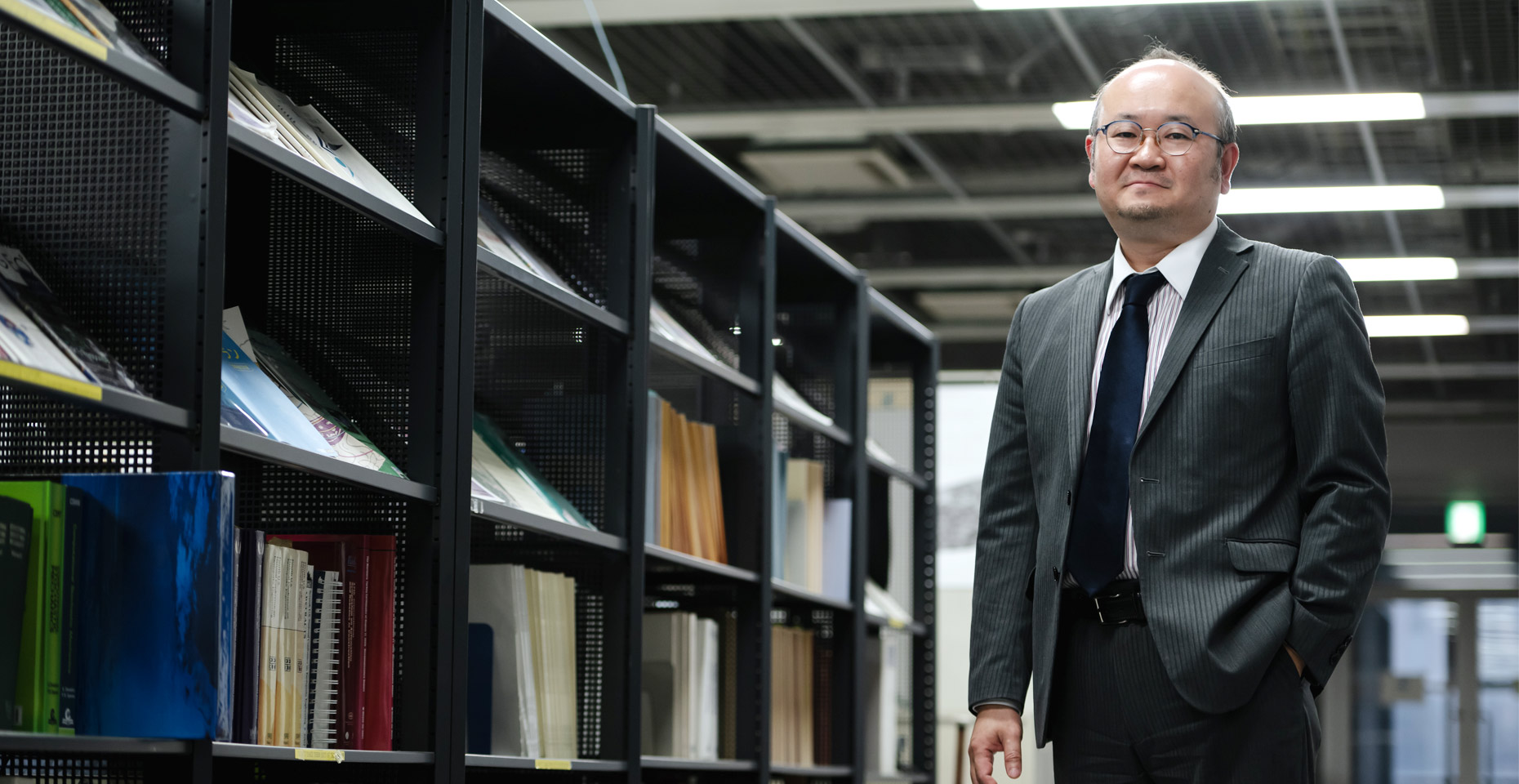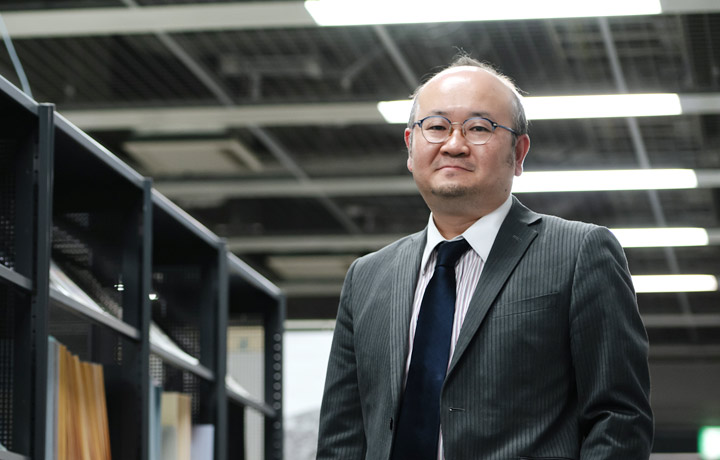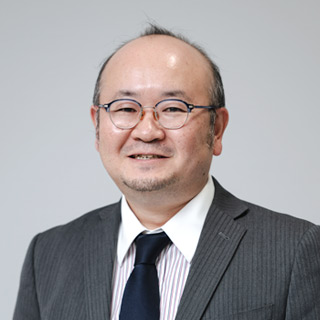*The affiliations, titles, years, and company information mentioned in the article are based on the time of the interview
Located on the boundary of tectonic plates, Japan is highly prone to earthquakes. This year alone, several significant earthquakes have occurred, including the Noto Peninsula earthquake with a magnitude of 7.6 on January 1, 2024, and the Bungo Channel earthquake of 6.6 on April 17, 2024. Professor Yoshihisa Maruyama of the Graduate School of Engineering at Chiba University is dedicated to efficiently detecting infrastructure vulnerabilities and reducing damage to help disaster-affected areas return to everyday life as quickly as possible.
In remote areas, road conditions determine disaster recovery
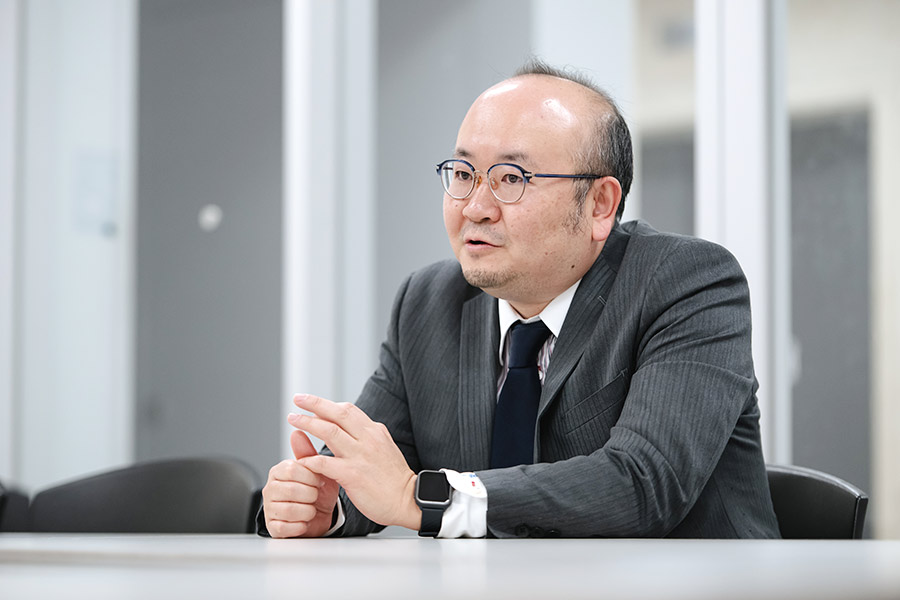
I understand that you visited disaster-affected areas in the Noto Peninsula earthquake to conduct on-site research. Could you tell us about your experience there?
About a week after the earthquake, I went to Wajima City, the area hardest hit by the disaster. The shaking was intense, registering a Japan Meteorological Agency (JMA) seismic intensity scale of 6 Upper, with a peak ground velocity of about 100 cm/s―comparable to the 1995 Kobe Earthquake. Many wooden houses, especially those built to older earthquake resistance standards*, had collapsed. Furthermore, widespread fires on Asaichi Street added to the devastation, making the situation extremely severe immediately following the earthquake.
In previous field surveys, some reconstruction work had typically begun within a week after an earthquake. However, in the disaster-stricken areas of the Noto Peninsula, there were no signs of people, and even emergency restoration had not yet commenced.
*The Seismic Standards for Buildings were established before the major revision of the Building Standard Act in 1981.
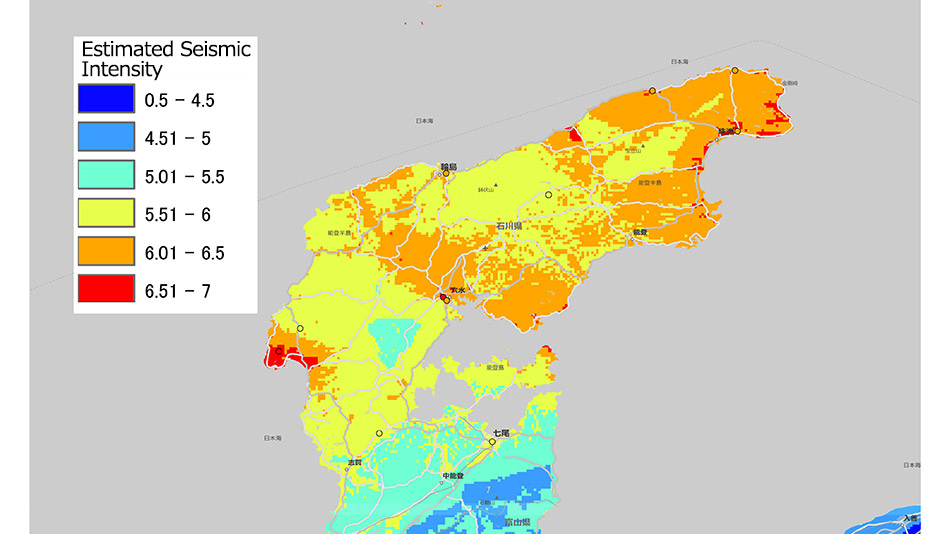
The restoration of lifelines after the Noto Peninsula earthquake was particularly delayed. Why do you think that was?
One major factor was the significant damage to the Noto-Satoyama Highway, a critical regional road connecting Kanazawa City to the Noto Peninsula. The area heavily relies on roads, with limited rail infrastructure and few alternative routes available. With the closure of the Noto-Satoyama Highway, access was severely restricted.
During our field survey on the Noto Peninsula, the most challenging issue was the severe shortage of functioning toilets. Although we delivered temporary toilets, the roads needed to transport waste to treatment plants were cut off, making them quickly unusable.
Similarly, roads were a major factor in the prolonged power outages caused by the 2019 Boso Peninsula typhoon. Fallen trees blocked the roads, preventing recovery crews from falling trees caused by the typhoon, and recovery personnel were unable to reach the site. Both cases share similar conditions, being at the tip of the peninsula and with low road redundancy.
Self-protection measures for regional infrastructure without relying on external support
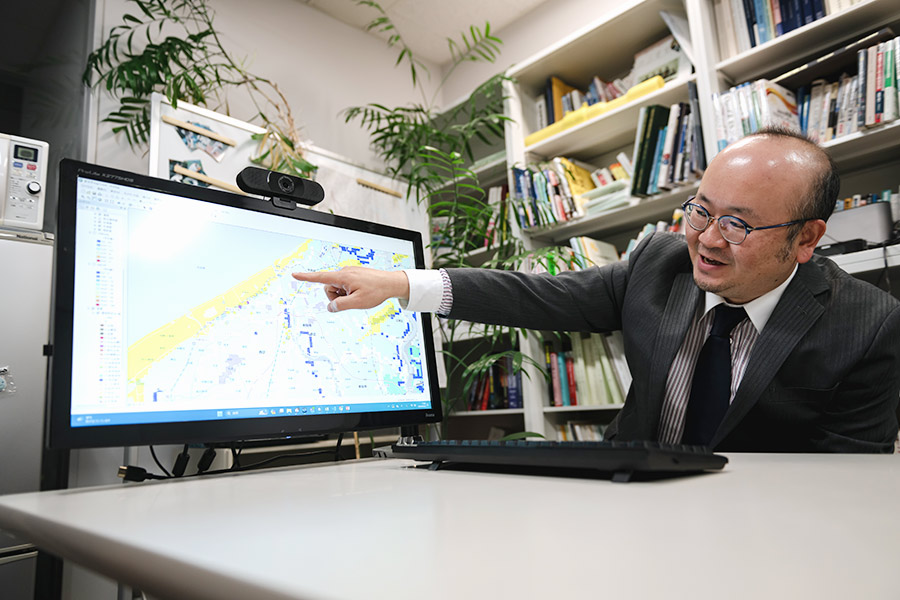
Although more than three months have passed since the disaster (as of April 9, 2024, the date of the interview), there are still areas where water and sewage systems have not yet been restored*.
The primary cause is damage to the main pipeline, which acts as the central artery of the water supply. Typically, water is run through the pipes to detect leaks and locate damage. However, when the main pipeline is broken, water cannot be pumped through, making it impossible to assess the damage or initiate repairs. As a result, restoration efforts are significantly delayed.
This issue is further compounded by the fact that many water pipelines are not yet earthquake-resistant. Retrofitting all the water pipelines in the country to withstand earthquakes would require an enormous financial investment, making it an impractical solution.
*As of May 2, 2024, approximately four months after the earthquake, water supply was finally restored to all areas of Noto Town.
What solutions can be suggested?
It may be hard to imagine if you live in a big city, but there are water utilities in rural areas with only one person in charge. These utilities face a severe lack of human resources, and the workload is increasing. On top of that, revenue from water usage fees, which funds maintenance, is minimal, making the situation much tougher than in urban areas. Maintaining infrastructure in regions with declining populations, as well as in big cities, is becoming increasingly difficult under the same linear structures*. It is likely time to reconsider the structure of sustainable regional cities.
* Linear structures: Structures that are long compared to their widths, such as roads, railways, and underground water and gas pipes
I understand the deep affection for a place as naturally rich and scenic as the Noto Peninsula. However, it is important to acknowledge that maintaining infrastructure in such regions is challenging, and the resulting inconveniences are part of the trade-off for residents. To address these challenges, we need countermeasures tailored to the current situation. For example, if restoring water pipes quickly is difficult, solutions that do not rely on external support, such as “each household storing rainwater and the local government enhancing backup systems using water trucks,” should be considered. In terms of electricity, some local governments have already introduced “microgrids,” which generate power locally through solar energy and other sources, enabling the community to be more self-sufficient.
Predicting liquefaction risk using machine learning

In recent years, ‘liquefaction’ has become a familiar term in discussions of major earthquakes.
Liquefaction occurs when vibrations from an earthquake affect sandy ground that contains a high amount of water, causing muddy water to spurt out and the ground to sink. This phenomenon results in an inability to support buildings, leading to increased damage. Although hazard maps predicting liquefaction are publicly available from local governments, they provide only rough estimates based on areas divided into several hundred-meter squares. Moreover, in the event of an earthquake that exceeds the expected magnitude, the damage could be even greater. For example, during the Noto Peninsula earthquake, liquefaction was confirmed even in areas with a JMA seismic intensity of 4, where liquefaction was previously considered unlikely, due to prolonged strong shaking.
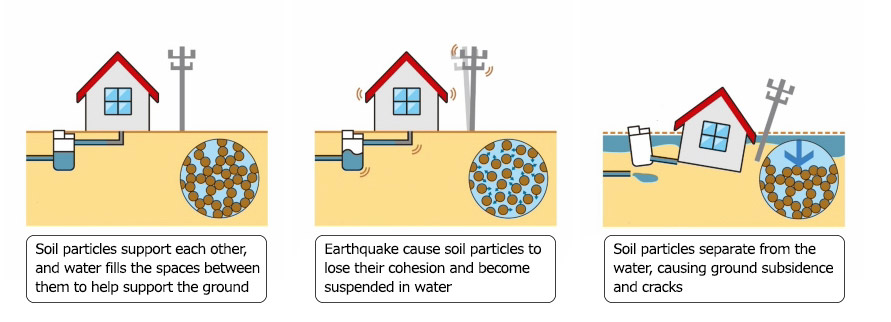
Detailed liquefaction risk assessment requires setting numerous ground parameters based on experiments and surveys, which is not practical for large-scale risk assessment. In response to the need for simple methods, our team is developing risk prediction techniques that integrate topographical data, boring data, and other information using machine learning. This approach allows for comprehensive risk assessment over broad areas by using publicly available government data. It enables efficient resource allocation for disaster preparedness, such as identifying high-risk areas that may have been overlooked and focusing on necessary ground improvement work.
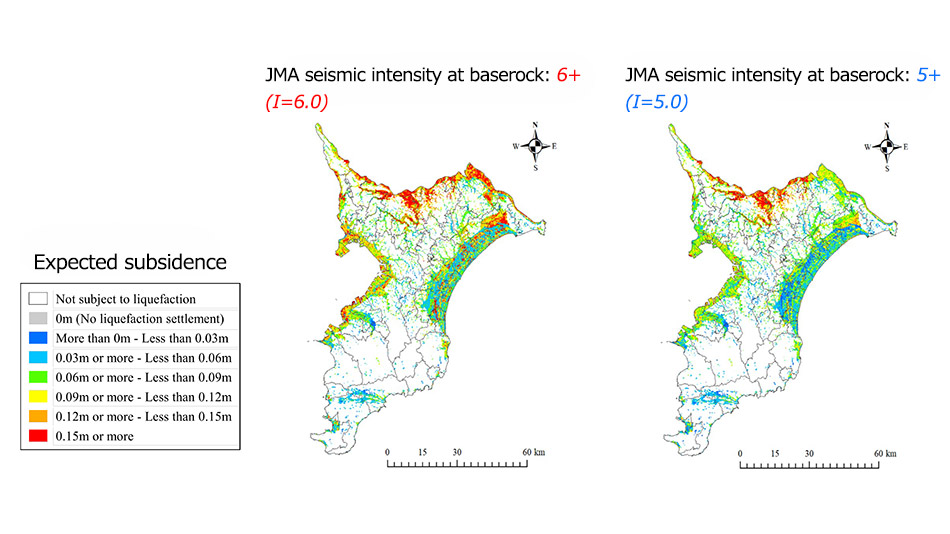
Many of Japan’s infrastructures were built over 50 years ago during a period of rapid economic growth, and their aging is now a major issue. To address the increasing number of maintenance cases and the shortage of technical personnel and financial resources, our team is also focusing on disaster prevention research using AI and deep learning.
Ensuring Safety and Stability: Lifeline Disaster Defense
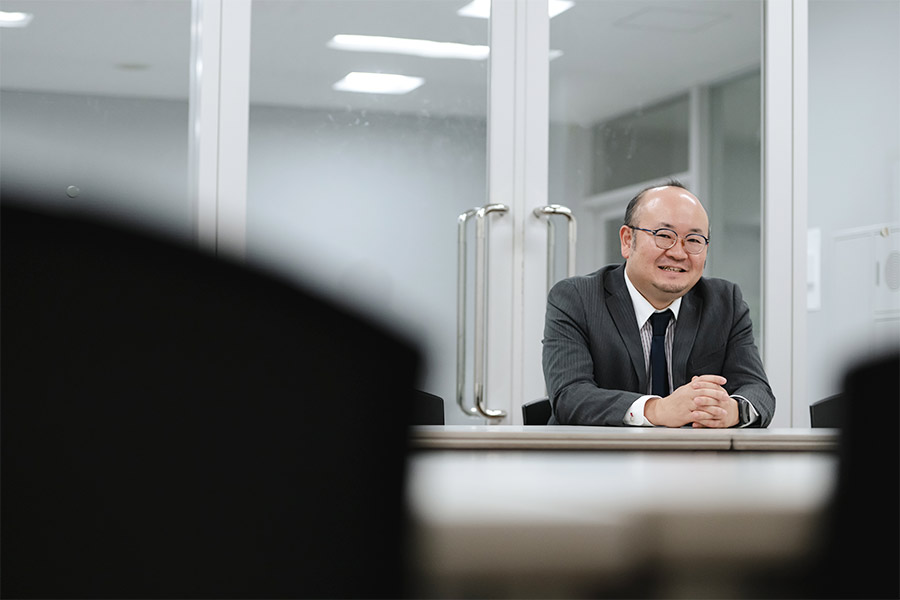
Research has led to significant advancements in disaster prevention technology in Japan. What inspired you to take an interest in disaster prevention?
When I was in high school, the Kobe Earthquake struck. I saw news footage of a highway section collapsing, and I was deeply shocked, thinking, “Something like that can really happen.” This event led to a reassessment of earthquake resistance standards, resulting in the construction of buildings designed to prevent catastrophic collapse. However, many challenges remained in restoring daily life in the affected areas. This experience drove me to focus my research on disaster prevention, specifically for lifelines during earthquakes.
For me, the turning point as a researcher was the Great East Japan Earthquake in 2011. I will never forget the scenes I witnessed during my field surveys: buildings reduced to rubble and swept away by the tsunami. I was overwhelmed with a sense of helplessness and questioned, “What was the purpose of all my research up to now?”
The disaster exposed problems that had never been anticipated, forcing the entire country to urgently reassess its countermeasures and guidelines. I realized that this was not a situation where I could choose my research topic. I resolved to contribute in any way I could, and my approach to research shifted. I began focusing on a broader range of studies related to protecting lifelines, including those beyond earthquakes.
How should we prepare for disasters when we don’t know when they will strike?
Earthquakes are unpredictable and understandably frightening. However, as researchers, we are dedicated to minimizing casualties, even if our efforts can only make a small difference. Buildings constructed to meet current earthquake resistance standards are designed to prevent catastrophic collapses that could result in loss of life. Moreover, lifelines will eventually be restored after a disaster. While it is natural to feel anxious, please try not to be overly fearful. To prevent the worst-case scenario in the event of a disaster, I encourage you to prepare in advance by securing furniture and storing water, ensuring that you can manage independently for a few days if necessary.
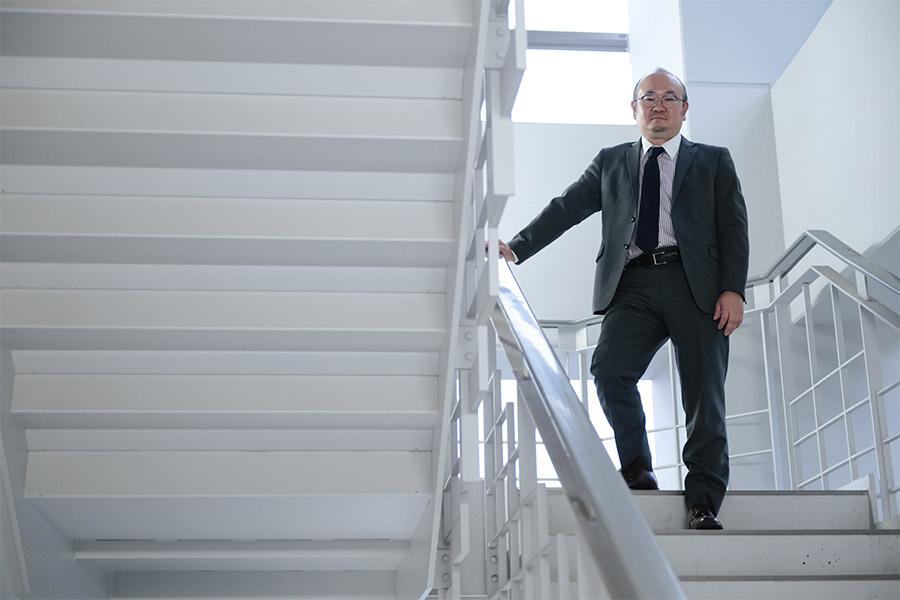
● ● Off Topic ● ●
Is there anything you keep in mind when supervising students?
Honestly, I don’t consider myself particularly exceptional, so I can’t say anything too grand (laughs). Instead, I focus on closely observing the research goals and challenges my students are facing.
What is important to become a researcher?
If you become too absorbed in your research, your perspective can narrow, and you may lose touch with society. It is important to stay committed to your work while maintaining a balance with objectivity. It is also a good idea to find a mentor or advisor early on who can provide constructive criticism.
Recommend
-

Non-Injectable Mucosal Vaccines Providing Safe and Less Stressful Immunization
2022.07.26
-
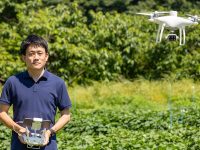
Making the Invisible Visible: Drones Enabling Agricultural Advances
2022.10.17
-

What causes nations and regions to perceive the COVID-19 crisis differently?〜Insights from the Humanities and Social Sciences Needed for Disaster Management Research
2022.12.12


